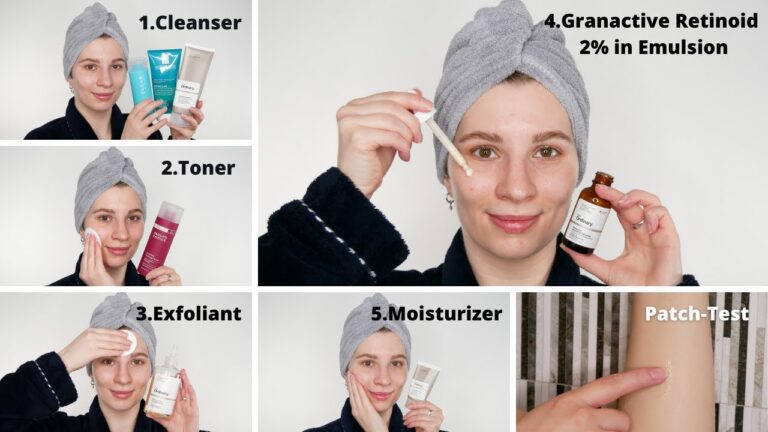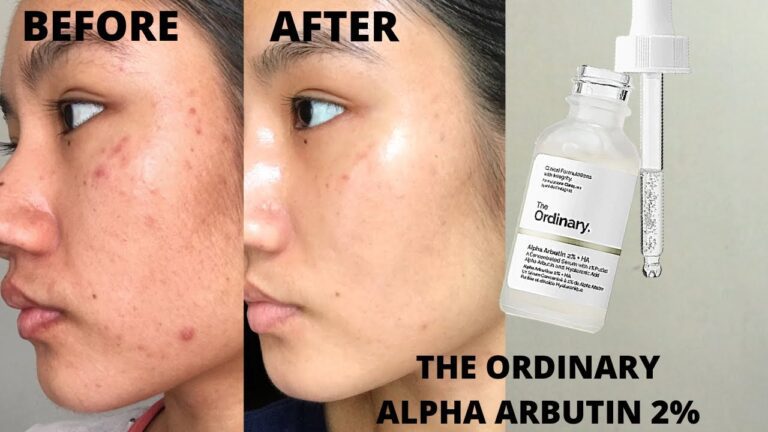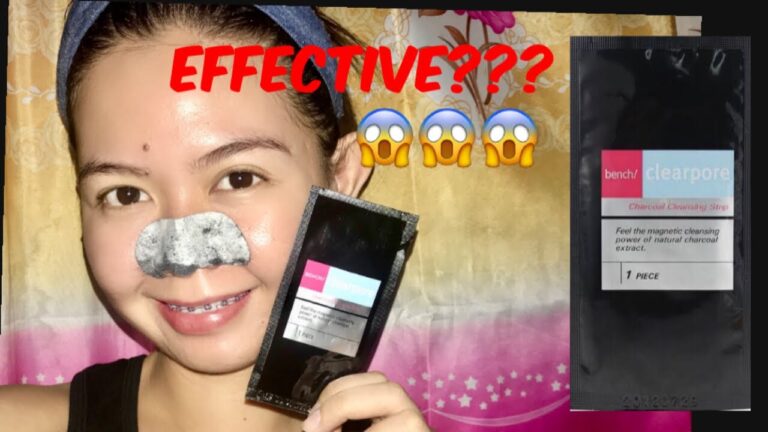Unlocking the Benefits and Side Effects of Azelaic Acid for Flawless Skin
Azelaic Acid: The Solution to Many Skin Problems
Do you suffer from skin issues such as acne, rosacea, or hyperpigmentation? If so, then you may have heard of a highly effective skincare ingredient: azaelic acid. This naturally occurring acid has been touted for its ability to treat a wide range of skin concerns, and it’s becoming increasingly popular in skincare products. In this article, we’ll dive into the world of azaelic acid, exploring its benefits, uses, and potential side effects.
What is Azaelic Acid, and How Does it Work?
Azaelic acid is a naturally occurring acid that’s produced by a type of yeast. It’s often found in grains, such as barley, rye, and wheat. When used in skincare products, azaelic acid has many benefits. It helps to prevent the growth of acne-causing bacteria on the skin, reduce inflammation, and lighten hyperpigmentation caused by acne or sun damage.
One of the most significant benefits of azaelic acid is its ability to inhibit the production of melanin, which is responsible for hyperpigmentation. This makes it a go-to ingredient for those struggling with post-inflammatory hyperpigmentation (PIH) caused by acne.
Azaelic acid is also effective in treating rosacea. Rosacea is a common skin condition that causes redness and small, pus-filled bumps on the face. It’s believed that azaelic acid helps to reduce inflammation and the appearance of rosacea-related bumps by suppressing the production of inflammatory cells in the skin.
Uses of Azaelic Acid
Azaelic acid can be used in many different ways, such as in creams, serums, and washes. Some people even use it in its pure form as a spot treatment. Depending on the product, it may be used once or twice a day.
If you’re looking to incorporate azaelic acid into your skincare routine, there are many products to choose from. The Ordinary’s Azaelic Acid Suspension 10% is a popular option that’s affordable and effective. This lightweight cream can be used in the morning and evening and is suitable for all skin types. Another popular option is Paula’s Choice 10% Azelaic Acid Booster. This serum contains a higher concentration of azaelic acid and can be mixed with your moisturizer or used on its own.
Potential Side Effects
While azaelic acid is generally considered safe and well-tolerated, some people may experience side effects. These can include mild burning or stinging, itching, and redness. If you experience these symptoms, you may want to reduce the frequency of use or switch to a lower concentration product. It’s also important to note that azaelic acid can make your skin more sensitive to the sun. Always wear sunscreen when using products that contain azaelic acid.
Conclusion
Azaelic acid is a fantastic skincare ingredient that has many benefits, including reducing inflammation, preventing the growth of acne-causing bacteria, and lightening hyperpigmentation. It’s effective for treating a wide range of skin concerns, including acne, rosacea, and hyperpigmentation. If you’re looking to incorporate azaelic acid into your skincare routine, there are many products to choose from, but always remember to patch test and introduce it slowly into your routine to avoid any adverse reactions. Transform your skin with azaelic acid today.
Most searched products:
Does Sephora Support Israel? Answering Your Questions
2021’s Ultimate Guide to VIT Direct Reviews You Can’t Miss!
Benefits of Using Glycolic Acid for Dandruff Treatment
Get Thick & Luscious Lashes With Sins N Lashes Serum: Our Honest Review!
Capsaicin Cream Boots
The Explosive Reaction: Sodium Hydroxide and Hydrochloric Acid
Revitalize Your Skin with the Best Wrinkle Serum for a Youthful Glow
The Ultimate Guide to The Ordinary Alpha Arbutin 2% + HA for Flawless Skin
All You Need to Know About The Ordinary 100% Niacinamide Powder: Benefits, Side Effects and How to Use
Ultimate Guide to The Ordinary Skincare Routine for Over 50













